Winemaking: Barrel Topping
If you step into our barrel room in the heart of winter, you might find our winemaker, Todd, perched atop a row of barrels. It might look odd—maybe even a little dangerous—but he’s up there performing one of the most essential (and physically demanding) winemaking tasks: barrel topping.
What Is Barrel Topping?
As wine ages in oak barrels, a small amount naturally evaporates. Winemakers call this the Angel’s Share—a poetic way of saying the wine disappears into thin air. While it sounds lovely, too much evaporation leaves room for oxygen to sneak in and settle on the surface of the wine. Oxygen exposure alters the wine’s character, potentially leading to oxidation, which dulls its vibrancy and complexity.
To prevent this, winemakers carefully monitor barrel evaporation and top up regularly. Barrel topping involves adding wine back into each barrel to replace what has evaporated, ensuring the wine remains protected and develops as intended. This seemingly small step is essential to maintaining the balance, structure, and ultimate quality of the wine.
What Affects Evaporation in Barrels?
While barrels may seem solid, oak is actually a porous material, allowing tiny amounts of liquid and alcohol to pass through. The rate of evaporation depends on several factors:
Humidity Levels – In dry conditions, more water evaporates, potentially increasing the wine’s alcohol concentration. In humid environments, alcohol evaporates faster than water, altering balance and mouthfeel.
Temperature – Warmer cellar temperatures speed up evaporation, meaning more frequent barrel topping is needed.
Barrel Type & Age – Newer barrels have tighter wood grain, slowing evaporation, while older barrels allow more to escape over time.
To manage these factors, winemakers carefully control temperature and humidity in the barrel room, striking a balance between minimizing evaporation and allowing the wine to evolve naturally.
A Day in the Life of a Winemaker: The Topping Routine
So, what does barrel topping actually look like? Here’s a peek behind the scenes:
Climbing the Barrel Stacks: Some barrels are easy to access—but others? Not so much! Even if it means climbing to the very top of the barrel stacks in the farthest corner of the cellar, Todd does it. Balancing on stools and ladders, he makes his way to each barrel, one by one.
Wine Thief in Hand: Yes, you read that correctly. Todd doesn’t just climb—he carries tools with him. One of the most important is a wine thief, a special tool used to pull wine from the barrel for sampling.
Tracking and Adjusting: During every topping session, Todd checks the progress of the wine, taking notes and ensuring each barrel is aging as expected. He tracks changes, records observations, and fine-tunes the process to maintain consistency across vintages.
The Final Pour: Why It All Matters
Barrel topping might seem like a small detail, but it plays a crucial role in crafting high-quality wines. Keeping barrels full helps maintain consistency, prevents oxidation, and ensures that when the wine finally makes it to your glass, it’s everything he envisioned. So next time you sip a perfectly smooth, well-aged Page Cellars wine, just know—Todd has been hard at work making sure it’s the best it can be. 🍷
Want to see this process in action? Next time you visit, ask Todd about barrel topping—he’s always happy to share a good winemaking story!
